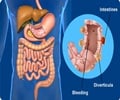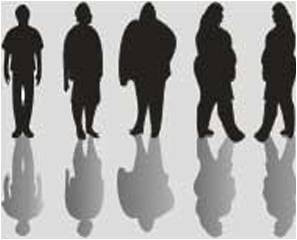Increase in the use of public transportation can lower obesity rate, finds a new study.

‘Opting for Public transit over driving creates an opportunity for exercise that may otherwise not exist.’
Read More..




"Opting for mass transit over driving creates opportunities for exercise that may otherwise not exist," said? Sheldon H. Jacobson, a co-author of the study and a Founder Professor of Computer Science at Illinois.Read More..
"Instead of just stepping out of the house and into his car, riders need to walk from their home to a bus stop and from their stop to their destination."
The results of the study details a computational analysis of publicly available health, transportation, and census data across 227 counties from 45 states in 2001 and 2009. Differences in economic and lifestyle factors including leisure-time exercise, household income, health care coverage, and public transit funding were included in the analysis.
The new analysis is consistent with previous work by the researchers - which found that each percentage-point increase in a county's public transit ridership was associated with a 0.221 percentage-point lower obesity rate.
"The new work takes a longitudinal approach, meaning that we examined differences between 2001 and 2009, allowing us to better control for factors that could otherwise influence the analysis," said co-author Douglas M. King, a Senior Lecturer in the Department of Industrial and Enterprise Systems Engineering at Illinois. "For example, factors like weather or physical geography that can influence the obesity rate of a county in both 2001 and 2009 are controlled since their impact is present in both time periods."
Advertisement
"Because this analysis is at the county level, the implications for an average person are not clear," Jacobson said. "The results indicate that when more people opt to use public transit, the county-level obesity rate tends to drop, though it does not necessarily imply that any one particular person is less likely to be obese if they ride transit frequently."
Advertisement
Source-Eurekalert















